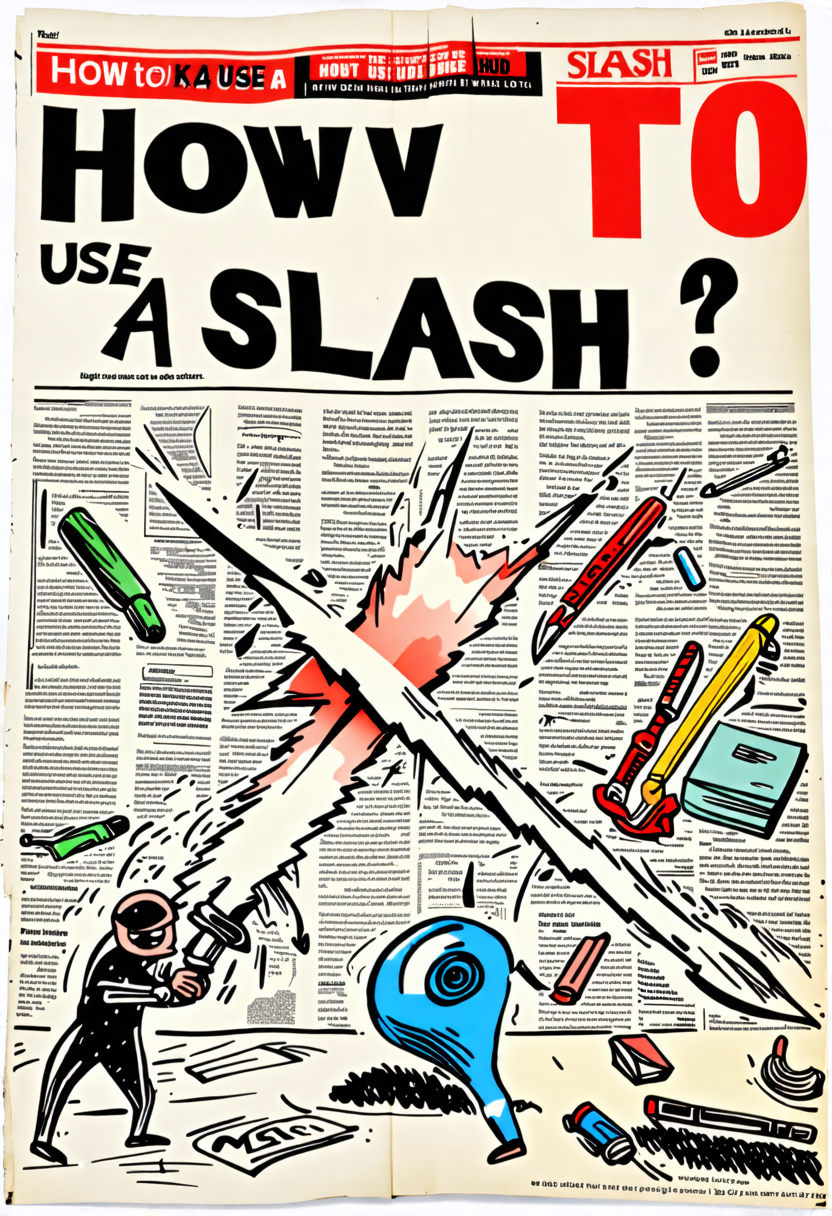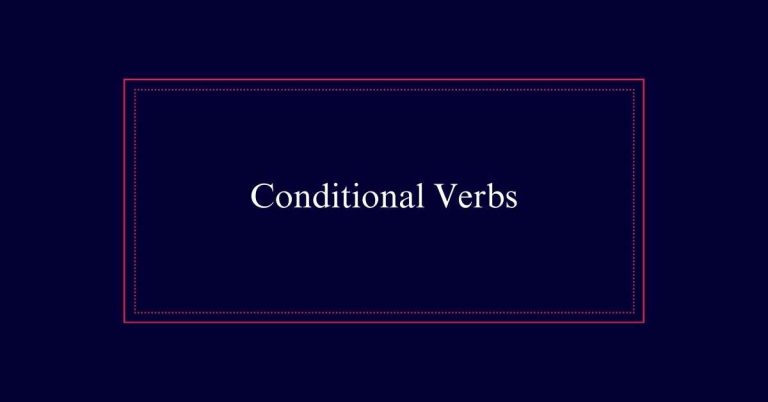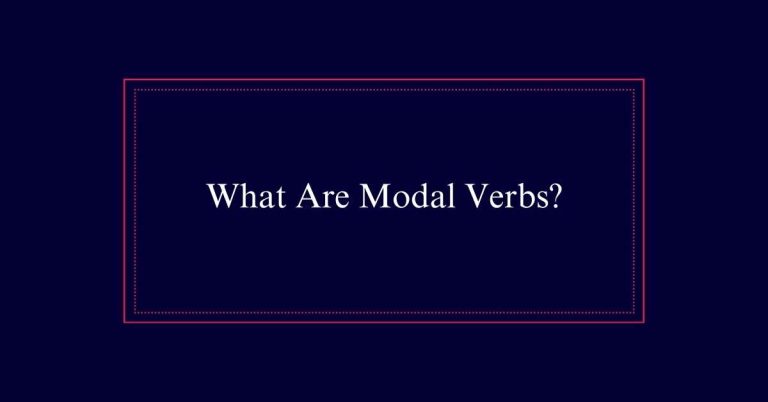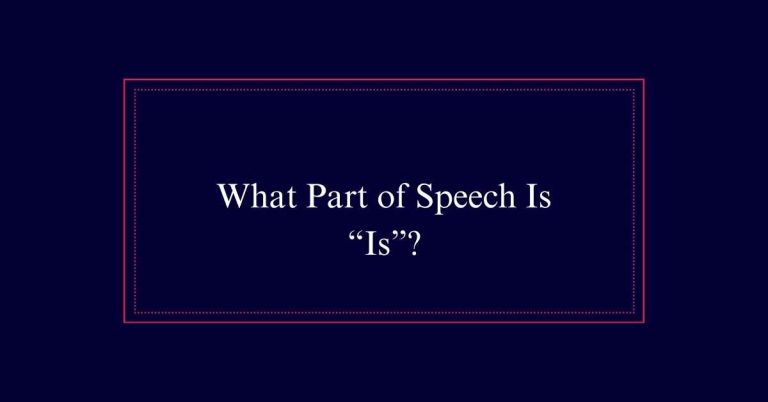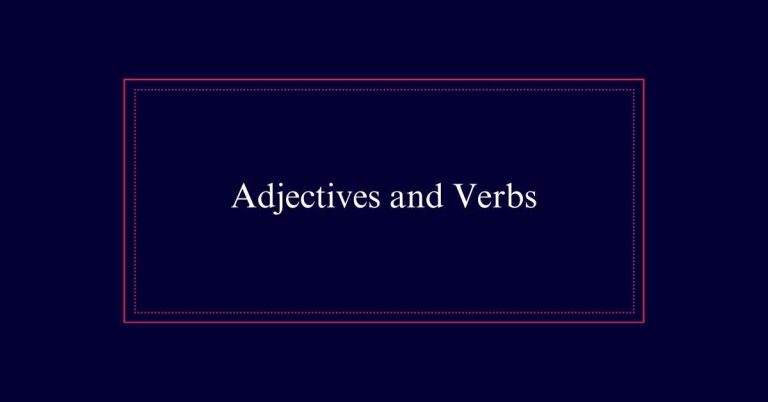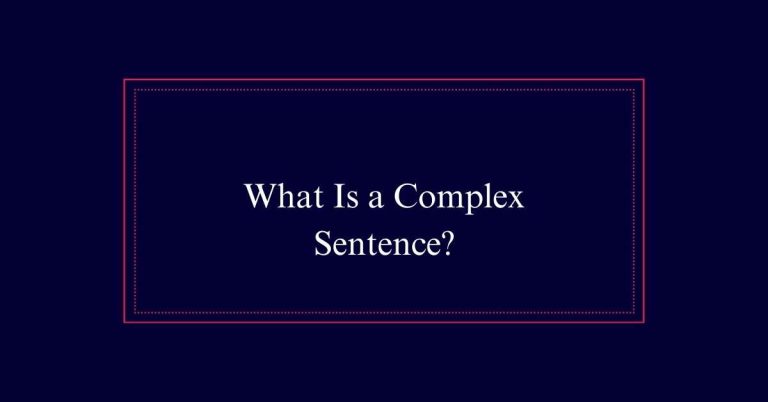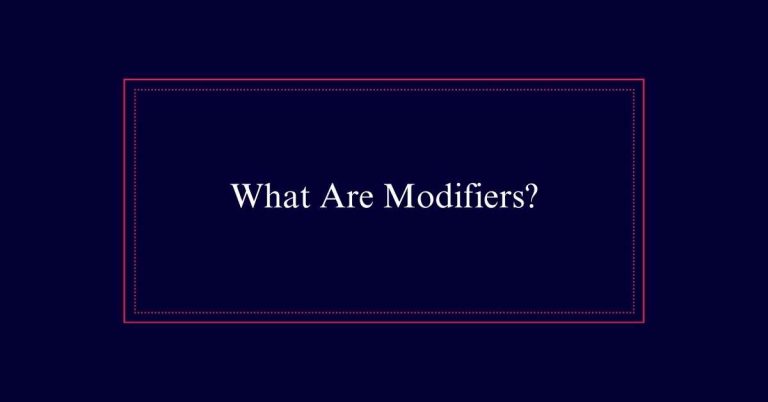How to Use a Slash?
A slash, or forward slash, is a versatile punctuation mark. It indicates choices (e.g., “and/or”), forms abbreviations (e.g., “w/o” for “without”), and separates dates (e.g., “11/17/16”) and fractions (e.g., “3/4”). It’s also used to connect or contrast terms (e.g., “pro-life/pro-choice”). In prose, a slash can separate lines in poems, songs, or plays for clarity.
Forward Slash Meanings
The forward slash (/) has various meanings depending on the context in which it is used. It can indicate a choice between options, such as ‘and/or’ or ‘yes/no.’ In this usage, it often represents ‘or’ and clarifies that either option is acceptable.
The slash also forms abbreviations like ‘w/o’ for ‘without’ and ‘c/o’ for ‘care of.’ Additionally, it denotes dates and fractions, such as 11/17/16 for a date or 3/4 for a fraction.
Sometimes, the forward slash shows a relationship, either connecting or conflicting, like ‘pro-life/pro-choice.’
Separating Lines in Prose
In prose, a forward slash is used to indicate line breaks in poems, songs, or plays. This is particularly useful when quoting short passages within a larger text. The slash helps keep the lines distinct and maintains the original structure. Below is a table illustrating this usage:
| Original Text | Quoted with Slashes |
|---|---|
| “Twinkle, twinkle, little star, | “Twinkle, twinkle, little star, / How I |
| How I wonder what you are.” | wonder what you are.” |
| “Shall I compare thee to a summer’s | “Shall I compare thee to a summer’s day? |
| day? Thou art more lovely and more | / Thou art more lovely and more temperate.” |
| temperate.” |
Indicating ‘Or’
A forward slash often denotes a choice between two options. It is frequently used to indicate an ‘or’ relationship. For instance, you might see ‘and/or’ in legal documents or ‘male/female’ on forms. This usage helps to present alternatives clearly and concisely.
The forward slash eliminates the need for extra words, making the text more efficient. For example, in the sentence ‘Would you like coffee/tea?’ the slash shows the choice between coffee and tea.
It is important to note that no spaces are required before or after the slash when indicating an ‘or’. This rule keeps the text tidy and easy to read. Use it to simplify options without losing clarity.
Forming Abbreviations
To create shortened forms of words or phrases, a forward slash is often employed. This method helps in making communication more efficient.
Common examples include abbreviations like w/o for ‘without,’ w/ for ‘with,’ c/o for ‘care of,’ and a/c for ‘air conditioning.’ These abbreviations are widely used in both formal and informal writing.
Importantly, no space is needed after the slash in these instances. This practice guarantees that the abbreviation is concise and easy to read.
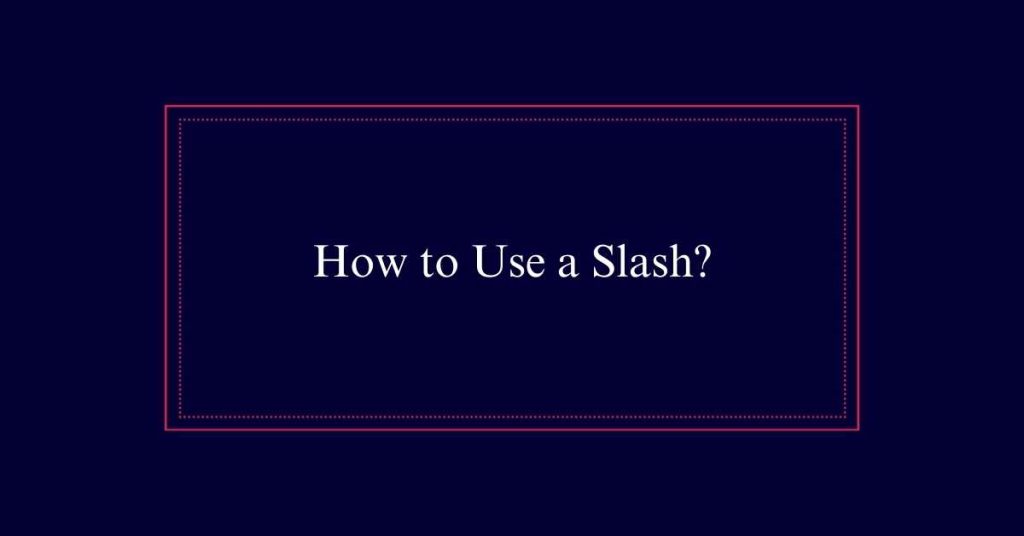
Connecting Relationships
Besides forming abbreviations, a forward slash can also indicate connecting and conflicting relationships between words or phrases. This usage helps to show the dual nature or oppositional stance of the terms involved.
For example, in political debates, you might see ‘pro-life/pro-choice’. Here, the slash presents two sides of a contentious issue. Similarly, it can link related but distinct concepts like ‘bonus room/home office’.
- Pro/con positions: Examples include pro-life/pro-choice or for/against.
- Dual roles: As in the case of actor/director.
- Options: Such as bed/breakfast or coffee/tea.
- Combining terms: Like in the phrase parent/guardian.
- Contrasting ideas: For instance, in peace/war.
Denoting Dates and Fractions
In many contexts, a forward slash is commonly used to express dates and fractions. When denoting dates, the slash separates day, month, and year, making it a clear and concise format. For example, 11/17/16 translates to November 17, 2016. Similarly, in fractions, the slash indicates division between numerator and denominator, such as 3/4 for three-quarters.
Below is a table showing examples of dates and fractions:
| Type | Example | Explanation |
|---|---|---|
| Date | 11/17/16 | November 17, 2016 |
| Fraction | 3/4 | Three-quarters |
| Fraction | 1/2 | One-half |
Space After Slash
The use of spaces after a slash depends on the context in which it is used. When indicating line breaks in poems or songs, a space after the slash is common for readability.
In contrast, when the slash is used to indicate alternatives or abbreviations, no space is needed. Context plays an important role in determining the proper usage.
- Line breaks in prose: A space after the slash enhances clarity.
- Indicating alternatives: No space is required between words.
- Abbreviations: Slashes in abbreviations do not need spaces.
- Connecting/conflicting terms: No space is necessary.
- Dates and fractions: Typically, no spaces are used.
Space Before Slash
When considering the placement of a slash, it’s also important to understand when to use space before the slash. Typically, no space is required before a slash, especially when it separates single words or abbreviations. For instance, in phrases like ‘and/or’ or abbreviations like ‘w/o’, the absence of space before the slash is standard. However, in more complex phrases, adding a space before the slash can improve readability, particularly when separating multi-word terms. The table below provides clarity:
| Scenario | Example |
|---|---|
| Single words | and/or |
| Abbreviations | w/o |
| Multi-word terms (optional) | bonus room / home office |
| Complex phrases (optional) | pro-life / pro-choice |
Slash in Poetry and Songs
A slash is often used to indicate line breaks in poems and songs. This helps uphold the original structure and rhythm when the text is presented in a continuous format.
The use of slashes in poetry and songs guarantees that readers and performers understand where one line ends and the next begins.
- Preserves Rhythm: Keeps the intended flow of the poem or song.
- Aids Interpretation: Helps readers understand the meaning by showing line separation.
- Simplifies Citation: Makes it easier to quote poems and songs in essays or articles.
- Enhances Clarity: Provides clear visual breaks between lines in longer texts.
- Facilitates Recitation: Assists performers in delivering lines accurately.
Examples of Usage
Understanding how slashes are used in different contexts can be clarified through specific examples.
A slash can indicate options, such as ‘and/or,’ meaning both or either. In abbreviations, it creates shortened forms like w/o (without) and w/ (with).
For connecting and conflicting relationships, it appears in phrases like ‘pro-life/pro-choice.’ In dates, a slash separates elements, as seen in ’11/17/16.’
For poetry and songs, it shows line breaks: ‘Roses are red / Violets are blue.’ Spaces around slashes vary; no spaces are used for alternatives (e.g., burgers/pizza), while spaces may be added for clarity in multi-word terms.
Frequently Asked Questions
Can a Slash Be Used in Academic Writing?
Yes, a slash can be used in academic writing. It often indicates alternatives, such as “and/or,” or separates lines in poetry. Be cautious; overuse may reduce clarity. Always adhere to your institution’s style guide.
How Does a Slash Affect Readability?
A slash can affect readability by either clarifying or confusing the text. It provides quick options or separates ideas but can disrupt flow if overused or misapplied. Proper context and spacing are essential for clarity.
Are Slashes Acceptable in Professional Emails?
Slashes can be acceptable in professional emails if used correctly. They should indicate choices (and/or), form abbreviations (w/o), or denote dates (11/17/16). Avoid overuse to maintain clarity and professionalism.
